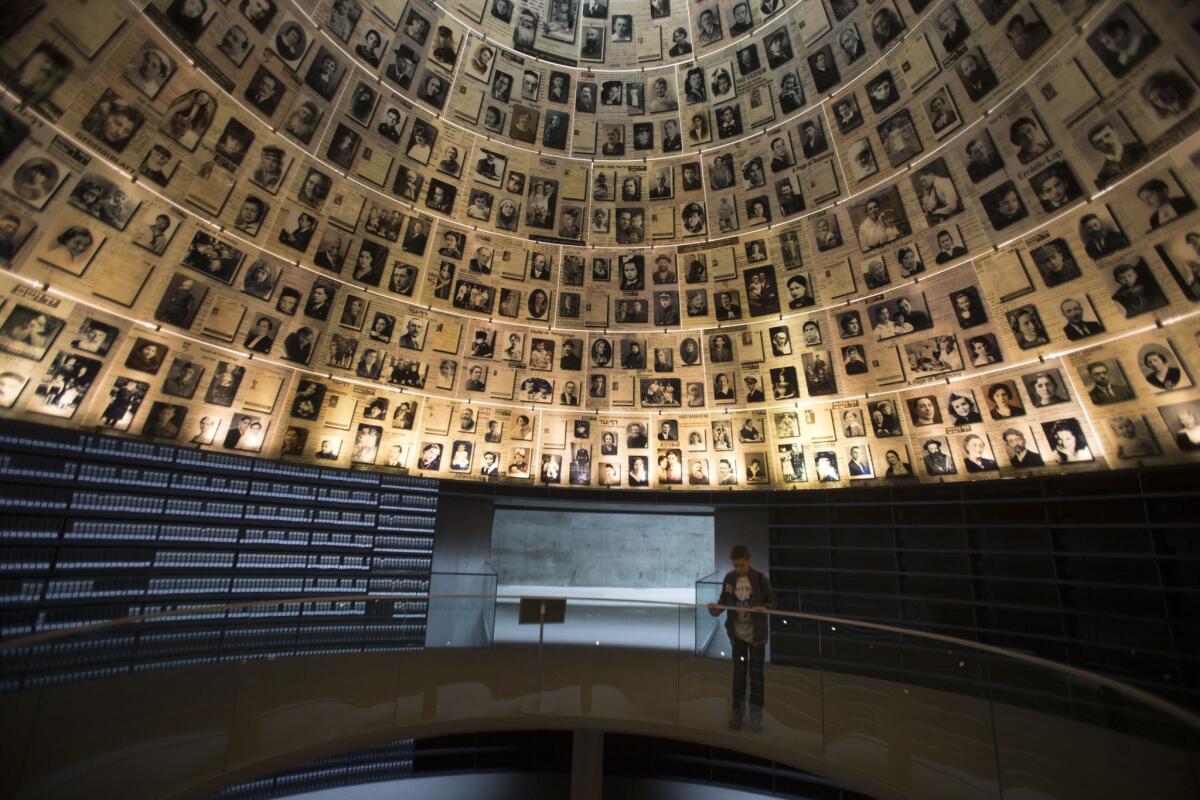The last word on the Holocaust?

When is a book not a book? Or a memorial not a memorial? These seem key questions to ask on this, International Holocaust Remembrance Day, and perhaps especially in regard to Phil Chernofsky’s “And Every Single One Was Someone,” a 1,250-page oversized hardcover inscribed with 6 million words, every one of which is “Jew.”
“When you look at this at a distance, you can’t tell whether it’s upside down or right side up, you can’t tell what’s here; it looks like a pattern,” Chernofsky told the New York Times about his commemorative project over the weekend. “That’s how the Nazis viewed their victims: These are not individuals, these are not people, these are just a mass we have to exterminate. … Now get closer, put on your reading glasses, and pick a ‘Jew.’ … That Jew could be you.”
The idea is striking: both to render an abstract number as concrete and to evoke the depersonalization of the Shoah. If these intentions seem to be in conflict, so be it — for conflict remains, as it should, the prevailing emotion stirred by the Holocaust, not least the conflict that something so inhuman could have been invented by human beings.
How do we make the horror of it real to us, especially after a divide of nearly 70 years? How do we see it, really see it, understand the volume of it, the sheer human accretion of all that loss?
“And Every Single One Was Someone” is not the only endeavor to attempt this sort of measurement; the Israeli Holocaust museum Yad Vashem has been engaged for many years in an effort to catalog the name of every Jew who died in the death camps; so far, more than 4 million identities have been reclaimed.
And yet, I can’t help believing that for all the monumental power of such a project, there’s something moving, essential even, about “And Every Single One Was Someone,” as well.
The Holocaust, after all, was both an individual and a collective catastrophe — individual to each person who went through it; collective in the way we read it now. What this means is that there is room for every sort of remembrance. All that is required is to make us think.
How do we wrap our minds around such massive numbers? Six million only represents Jews killed by the Nazis (the total death count is 12 million), and even these assessments, according to research by the United States Holocaust Memorial Museum, may be low.
In the face of this, it is our obligation to remember — and not only that, to engage our memories and keep them fresh.
Is “And Every Single One Was Someone” a gimmick, a high-concept approach to a tragedy so vast that it continues, in the most fundamental sense, to be unimaginable? Of course it is.
But this, I’d argue, is the point entirely: to turn memory into provocation by framing the 6 million less as a number than the most vivid sort of weight.
ALSO:
Shelley Jackson’s winter’s tale
Imagining Borges’ ‘Library of Babel’
The David Cronenberg-Kafka connection
More to Read
Sign up for our Book Club newsletter
Get the latest news, events and more from the Los Angeles Times Book Club, and help us get L.A. reading and talking.
You may occasionally receive promotional content from the Los Angeles Times.








